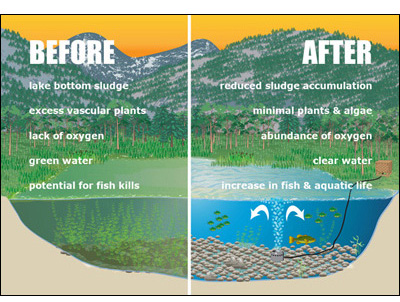State Of Georgia Lake Restoration Grants Funds
For lake restoration, there are several chemical options. These treatments are ineffective at reducing the amount of sediment in the lake. Stabilization treatments include the use of metal particles coated with sticky substances to hold sediment in the bottom. These techniques should not be confused for physical efforts. While chemical treatments can't help habitat restoration, they can control the growth of invasive plants and reduce algae blooms.

